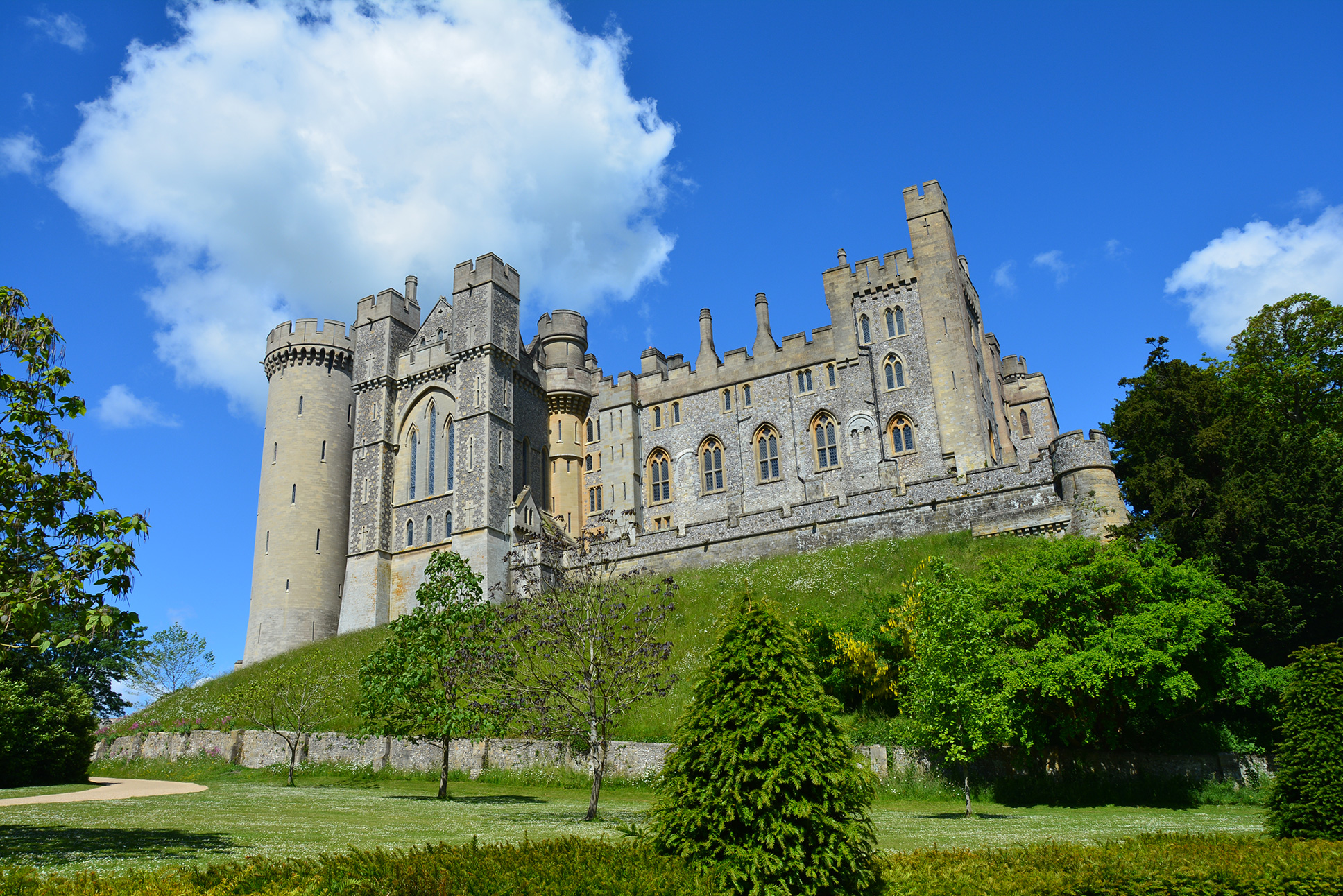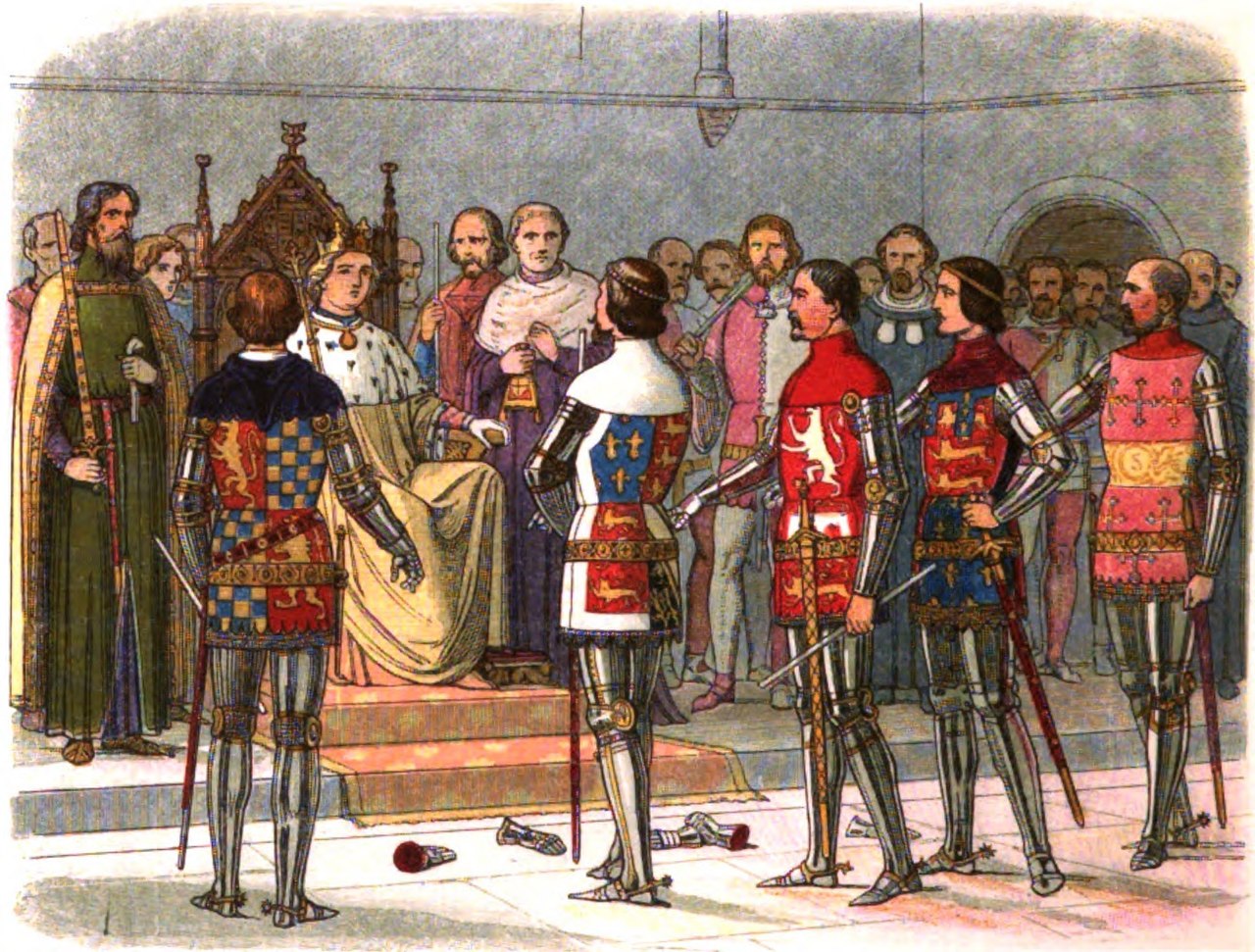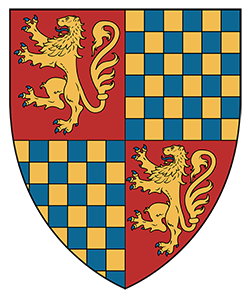Richard FitzAlan - 4th Earl of Arundel
Torment me not long; strike off my head in one blow.
Richard FitzAlan was an English Nobleman and military commander during the reign of Richard II. He was the 4th Earl of Arundel (Second Creation), Admiral of England, and a Knight of the Garter. Richard was born in 1346 in Arundel, England, the son of Richard FitzAlan, 3rd Earl of Arundel, and Eleanor of Lancaster.

On November 26th, 1359, Richard married Elizabeth de Bohun, daughter of William de Bohun, 1st Earl of Northampton, and Elizabeth de Badlesmere. They had seven children together. In January of 1376, he succeeded his father as Earl of Arundel.
In 1377, Richard FitzAlan was Admiral of the North and West. He attacked Harfleur on Whitsuntide in 1378, the Christian holy day of Pentecost, but was repelled by defenders and forced to return to his ships.
When Richard II was crowned King of England in 1377, FitzAlan acted as Chief Butler and carried the crown at the coronation.
In 1385, after the death of his wife Elizabeth, FitzAlan married Philippa Mortimer, daughter of Edmund Mortimer, 3rd Earl of March, and Philippa Plantagenet, granddaughter of King Edward III.
In 1386, Richard II named Thomas, Duke of Gloucester, and Richard FitzAlan to the King's Council after pressure from Gloucester, the King's uncle.
On December 10th, 1386, Richard II named Richard FitzAlan Admiral of England and made him a Knight of the Garter. In this position, he was responsible for assembling the fleet for naval expeditions on behalf of the King. In March of 1387, along with Thomas Mowbray, 1st Earl of Nottingham, he defeated a Franco-Spanish-Flemish fleet off the coast of Margate.

In August of 1387, Richard II replaced Gloucester and FitzAlan on the King's Council with his favorites, Alexander Neville, Archbishop of York, Robert de Vere, 9th Earl of Oxford, Michael de la Pole, 1st Earl of Suffolk, and others.
Gloucester and FitzAlan were summoned to a meeting by the King. Still, instead of going, they raised troops and defeated the new council at the Battle of Radcot Bridge on December 22nd, 1387, taking the new favorites of the King as prisoners.
In 1388, Richard FitzAlan was one of the Lords Appellant who sought to impeach Richard II's favorites. FitzAlan refused to spare the life of Sir Simon de Burley, who had been condemned, drawing further anger from the King, who never forgave this action.
By 1394, FitzAlan was once again on the King's Council and found himself involved in a quarrel with John of Gaunt. He antagonized King Richard II further by arriving late for the Queen's funeral. The King became enraged and struck FitzAlan in the face with a wand, drawing blood.
On advice from his brother Thomas, Bishop of Ely, Richard FitzAlan surrendered himself and hoped for the King's clemency. Richard II had him arrested on July 16th, 1397, for his opposition and sent him to the Tower of London.
On September 20th, he stood trial at Westminster. He was found guilty of treason, but the King commuted his sentence of being hanged, drawn, and quartered to just a beheading. Richard FitzAlan was beheaded on Tower Hill on September 21st, 1397. Tradition says that his final words to the executioner were, "Torment me not long; strike off my head in one blow."
Richard FitzAlan was buried in the church of the Augustin Friars in London. His son Thomas succeeded him as the 5th Earl of Arundel and inherited his estates and honors in October 1400.
